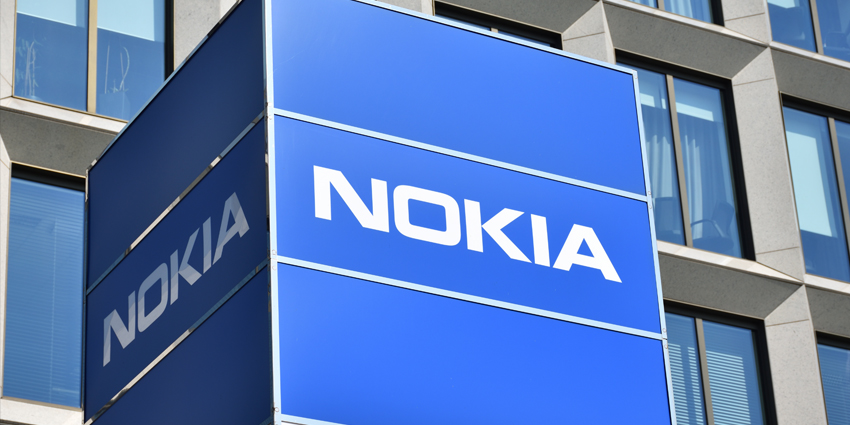The telecoms industry must boost efforts to build use cases for enterprise-level 5G technologies, Ken Hu, Huawei’s Rotating Chairman, said at an event on Wednesday.
The Huawei executive urged industry leaders to build further use cases for emerging technologies such as virtual, augmented, and mixed reality (VR/AR/MR), he said in a keynote speech at the Global Mobile Broadband Forum (MBBF 2021) in Dubai.
According to Hu, the industry should reach three development focuses in the 5G industry such as extended reality (XR), green telecoms development, and business-to-business (B2B) sales.
Speaking further, he added,
“In just five years of commercial deployment, 5G has provided a considerable upgrade in mobile experience for consumers, and it’s already starting to empower different industries around the globe. Progress was much faster than we expected, especially in terms of the subscriber base, network coverage, and the sheer number of 5G terminals on the market”
He added roughly 176 commercial-level 5G networks supported over 500 million users globally, and telecoms had 10,000 projects for B2B use cases for 5G (5GtoB), including in mining, shipping, manufacturing, and many others, for trials and building future networks to scale, he said.
He told audiences,
“Right now more than half of these 10,000 5GtoB projects are in China. We have a huge number of use cases already, but we need to build more sustainable business cases”
Hu explained the telecoms industry should prepare networks and devices for a massive uptake in XR technologies, including cloud-based services, which would require a minimum of 4.6 gigabytes and latencies less than 10 milliseconds.
Hu added: “Last year, we released our goals for 5.5G. And we believe they will help address this challenge.”
Telecoms should also boost network capabilities to prepare for 5GtoB, he said, adding operators should improve network uplinking, sensing, and positioning, among others.
He explained that industrial use cases were “much more complex than consumer scenarios,” posing challenges in operations and maintenance (O&M).
Speaking further on the matter, he said Huawei would develop autonomous networks with artificial intelligence (AI) to “bring intelligence to all aspects of 5G networks”, including planning, construction, optimisation, and maintenance.
Citing World Economic Forum figures, Hu added digital technologies could lower greenhouse emissions by roughly 15 percent. Such targets offered a “great opportunity” to help industries cut carbon emissions and boost power efficiency using emerging digital technologies.
But the telecoms industry was urged to tackle its “growing carbon footprint,” he said, concluding,
“Right now Huawei is using new materials and algorithms to lower the power consumption of our products, and we’re remodeling sites, and optimizing power management in our data centers for greater efficiency”
The news comes after the VR/AR Association’s (VRARA) Global Summit Europe held panel talks on the rise of edge computing in 5G networks, which aimed to increase network reliability, reduce carbon footprints, and facilitate growing demand from XR devices.
The discussion, led by execs from VRARA, Nokia, Latvijas Mobilais Telefons, Vodafone, and Deutsche Telekom USA, explored building 5G use cases with private enterprise networks, which could expand to larger consumer-grade networks in the near future.
Huawei has increased 5G rollouts in China after battling an ongoing trade war with the United States, namely after former US president Donald Trump placed the Chinese telecoms giant on a blacklist in May 2019, citing national security concerns.
The US Federal Trade Commission (FCC) later hit the company with additional sanctions and trade restrictions, citing alleged ties to the Chinese Communist Party and military, which Huawei denies.
Subsequent nations such as Australia, Japan, the United Kingdom, New Zealand, and Sweden have banned the Shenzhen-based firm from operating in their respective countries over alleged security risks.







